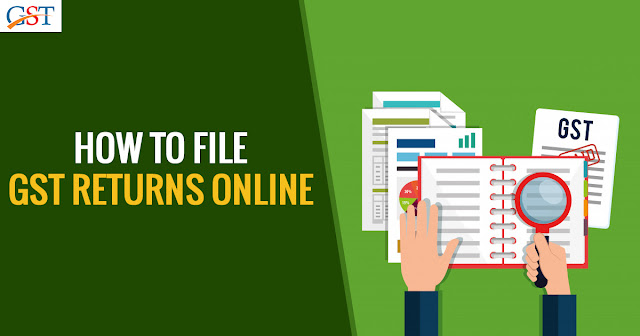Good and service tax was introduced on July 1st, 2017 across India. It has various slabs and eligibility criteria and to file Tax or commonly known as GST Return, GST return is basically a document having statement(s) of income that the taxpayer has to submit to the tax administration authorities.
However, filing of GST or GST returns requires proper sales and purchase invoices. Based on the same, tax authorities calculate the tax applicability. The GST return filing system clarified that the registered user has to file GST return which includes purchase, sale, output GST (applicable to sales), input tax credit (GST paid on purchase).
Who Has to File a GST Return?
From startup to big enterprises, all businesses having GST registration will have to file GST returns on a monthly, quarterly, and/or annual basis according to the type of business.
Under the GST returns, all the taxpayers, running their firms and businesses across India, whether interstate or interstate, have to file GST returns as determined by the GST Council and Indirect Tax Department. So, you can file your GST return form through our Gen GST return filing and billing software.
List of GST Returns:
- GSTR-1 - The registered taxable supplier should enter a description of the external supply of taxable goods and services to be affected.
- GSTR-2 - The registered taxable recipient should enter the details of the incoming supply of taxable goods and services claiming input tax credit (currently this facility is not available on the portal).
- GSTR-3B - The registered taxpayers must file the monthly return based on the basis of finalization of Summarized details of outward supplies & inward supplies along with the payment of an amount of tax.
- GSTR-4 (CMP 08) - the composition supplier must file a quarterly return to depositing the payment.
- GSTR-5 - Return for the non-resident taxable foreign taxpayer.
- GSTR-5A - Return for the OIDAR.
- GSTR-6 - Return for input service distributor.
- GSTR-7 - Return for authorities holding out TDS.
- GSTR-8 - for E-commerce operators or tax collectors to show details of supplies affected as well as the amount of tax collected.
- GSTR-9 - The registered regular taxpayer needs to file an annual return with this form.
- GSTR-9A - For the composition traders, need to be filed as an annual return.
- GSTR-9C - Having turnover Above 2 crores (Regular Taxpayers) in a Particular Financial year.
- GSTR-10 - The taxable person with cancelled or surrendered registration can utilize this form.
- GSTR-11 - A person having a UIN claiming the refund should file details of inward supplies.
How to File GST Return Online:
- Open a browser and head up to the GST portal i.e. www.gst.gov.in.
- GST identification number having 15 digits will be issued on the basis of the state code and PAN number.
- Thereafter, You can upload invoices on the GST portal or the software, as per your convenience. The taxpayer will get an invoice reference number against each invoice.
- After uploading all the required invoices, taxpayers have to file inward and outward return, and cumulative monthly return.
- Now at the GST Common Portal (GSTN) file the outward supply returns in GSTR-1 form through the information section on or before the 10th of the following month.
- In case of occurrence of any error, the option to correct them and refile the returns can also be used.


Comments
Post a Comment